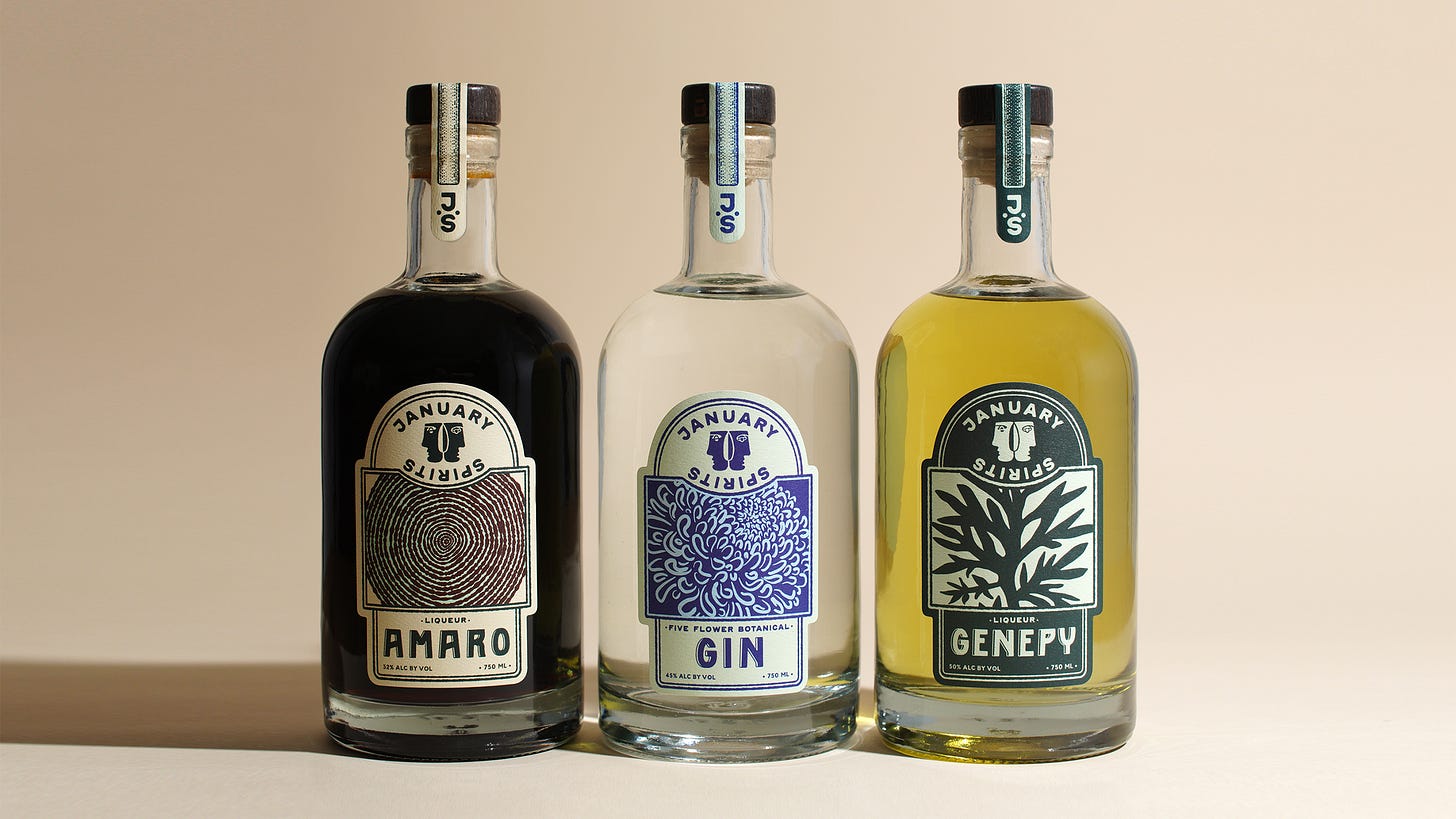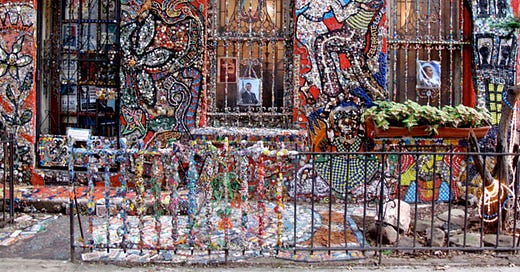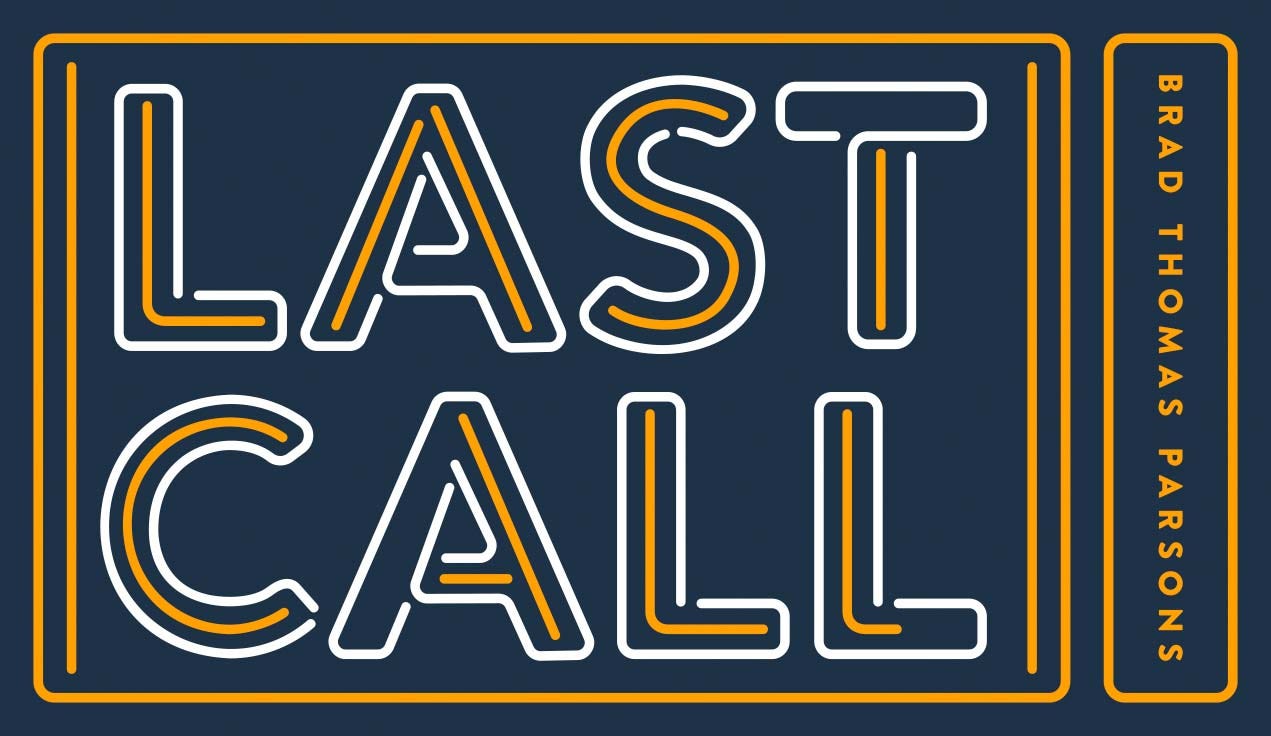Welcome to City Guides, a paid-subscriber exclusive featuring personal recommendations for my favorite neighborhood spots for drinking and eating around New York City and beyond.
Today’s LAST CALL City Guide is brought to you thanks to the generous support of January Spirits.

As you might expect, the first month of the year holds a special place for Brooklyn-based January Spirits, named for Janus, the Roman god of the past and future, god of new beginnings, and god of the open door. While Dry January continues to remain a focus for many taking a break or abstaining from alcohol, January Spirits, founded by longtime New York City bartenders Jon Langley and Lucky Preksto, wants to also inspire you to make your January a little “wet” as we slide into the back-half of the first month of the New Year.
Recently featured in Imbibe magazine’s Imbibe 75, spotlighting “75 inspiring people and places that will shape the way we drink in 2025,” January Spirits makes a trio of craft spirits, including a floral gin, a coffee and roasted chicory amaro, and a genepy liqueur.
With the current cold snap and “feels like” temperature dipping into the teens, it’s the perfect occasion to reach for a bottle of their bespoke Alpine liqueur, January Spirits Genepy. Made with 27 macerated botanicals, including cultivated white genepy sourced from farmers in the French Alps, the blend is sweetened with Catskills honey and rested in Sauternes barrels for a number of months before bottling. Last year January Spirits Genepy took home the Double Gold at the San Francisco International Spirits Competition and was awarded Best Liqueur at the New Orleans Spirits Competition.

One of Jon and Lucky’s favorite ways to enjoy their Genepy is the super versatile Genepy Soda (they love it so much they also created a branded “Genepy Soda” ballcap to help spread the good word). Simply add 1.5 to 2 ounces of Genepy in a highball glass filled with ice, top with seltzer, and garnish a lemon twist. “There is is no wrong way to do it,” says Preksto. “You can also proof it down a bit by splitting the Genepy with a little dry vermouth or add a splash of lemon juice if you want to brighten it up a bit.”
Save 15% off any online order using promo code LASTCALL15.
City Guide: Boerum Hill, Brooklyn

We continue our exploration of the many neighborhoods of Brooklyn with a stop in Boerum Hill, a classic “Brownstone Brooklyn” nabe that sits among nearby Carroll Gardens, Cobble Hill, Gowanus (it was often called “North Gowanus” in the 1950s), Downtown Brooklyn, and Prospect Heights.
The borders of Boerum Hill are Schermerhorn Street to the north, Warren Street to the south, Fourth Avenue to the east, and for the sake of this guide I’m calling the eastern side of Smith Street as the western border, though some say it’s Court Street, though that’s firmly Carroll Gardens and Cobble Hill in my book.
First off, Boerum Hill is not actually a hill but is relatively flat. It would eventually be named for the Boerums, an early family of Dutch settlers who who established a farm that covered most of the area in mid-1600s. It also played a part in Brooklyn’s role in the Revolutionary War and the Battle of Long Island (or Battle of Brooklyn). Two forts had been built in the area with Fort Box erected at the current location of Pacific and Bond Streets. Several Boerum family members served in the war, including William Boerum, a first lieutenant in the Brooklyn Light Horse Brigrade, and Hendrick and William Boerum, who were both privates. Peter Wyckoff, who would one day have a Boerum Hill Street named after him, served as a quartermaster.
By the 1800s, the neighborhood was settled as another suburb of Manhattan, though Boerum Hill wasn’t established as its proper name until the 1960s, with the Boerum Hill Historic District becoming official in 1973. Throughout much of the 20th century the neighborhood was populated by many working class and middle-class Black and Puerto Rican families, but as is the case with Brooklyn, gentrification in the 1990s brought a new wave of upper-class residents to the brownstone and tree-lined streets. In turn, by the 2000s, Smith Street soon grew into a restaurant row with popular dining destinations for locals and visitors alike. While Court Street has joined in with its own extensive selection of bars and restaurants, Boerum Hill still offers many great destinations along with independent shops and boutiques.
Boerum Hill is serviced by many convenient public transportation options and is easily accessible by subway (2,3,4,5,A,C,N,R,W) and the B25, B61, B63, and B65 buses.
For a great read on the early days of Boerum Hill that sets the scene for today’s modern renaissance, check out Jervis Anderson’s 1977 New Yorker article, “The Making of Boerum Hill.”
More to Explore in Brooklyn City Guides
Boerum Hill Fun Facts!

The setting for former longtime Boerum HIll resident and award-winning author Jonathan Lethem’s acclaimed 1999 novel Motherless Brooklyn (tough the film adaptation was filmed in Brooklyn Heights and other NYC locations) and 2003 novel, The Fortress of Solitude.








